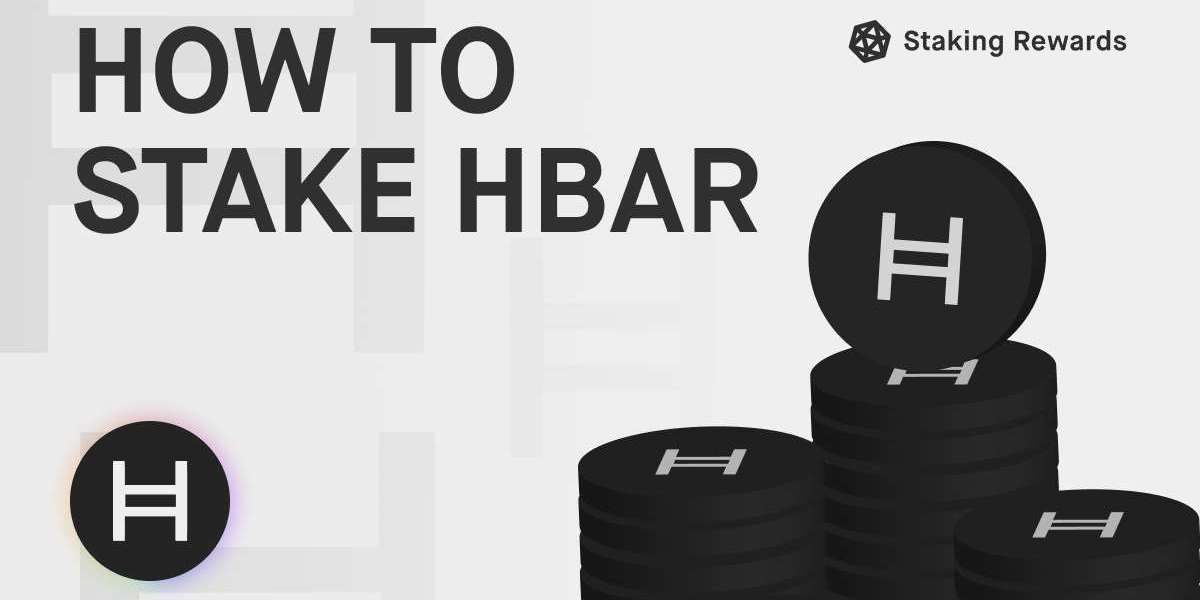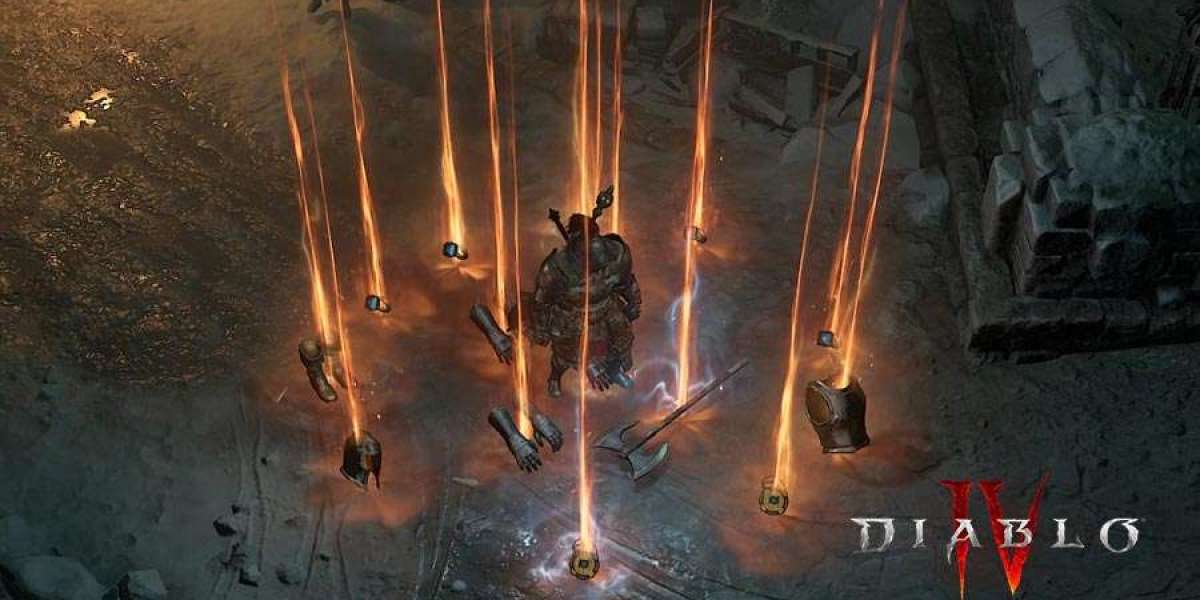This innovative approach, tied to the Hedera network, promises rewards for participants who lock up their tokens to support the platform's operations. However, like any investment strategy, it comes with risks. This article explores the potential hazards of HBAR staking, enabling you to make an informed decision.
What is HBAR Staking?
HBAR staking involves locking Hedera Hashgraph (HBAR) tokens into the network to participate in consensus and governance. Stakers earn rewards, often proportional to their staked amount and the overall network activity. It’s a method to incentivize participation and enhance the network's security and performance.
While the concept of staking may seem lucrative, it’s essential to examine the associated risks before committing your assets.
The Allure of HBAR Staking
Staking has gained traction for several reasons:
- Passive Income: Stakers earn rewards in HBAR tokens, creating an opportunity to generate passive income.
- Network Participation: Staking supports the Hedera ecosystem, empowering users to contribute to decentralization and security.
- Potential for Compound Growth: Reinvesting staking rewards can lead to exponential growth over time.
Despite these advantages, there are risks inherent in HBAR staking that should not be overlooked.
Key Risks Associated with HBAR Staking
1. Volatility of HBAR Prices
Cryptocurrency markets are notoriously volatile, and HBAR is no exception. While staking generates rewards, a significant drop in HBAR's value can negate potential earnings. If the token’s price plummets during your staking period, the monetary value of your rewards may be substantially diminished.
2. Lock-Up Periods
Many staking programs require you to lock your tokens for a set duration. During this time, you cannot trade or sell your HBAR, leaving you vulnerable to market fluctuations. If a market downturn occurs, you might face substantial losses with no recourse to mitigate them.

3. Slashing Risks
Although Hedera's staking model is generally considered secure, slashing—a penalty for network misbehavior—can be a concern in some staking ecosystems. Errors in validator performance or malicious activities might result in a loss of a portion of your staked HBAR.
4. Smart Contract Vulnerabilities
HBAR staking often relies on smart contracts to facilitate the process. If these contracts have vulnerabilities, they could be exploited, potentially leading to the loss of staked tokens or rewards. Such risks highlight the importance of trusting only reputable staking platforms.
5. Centralization Risks
Staking rewards often favor those with larger holdings, which can inadvertently lead to centralization. If a few large players dominate staking pools, they might gain disproportionate influence over the network, undermining its decentralized ethos.
Evaluating Staking Platforms for HBAR
Before diving into HBAR staking, consider these factors when choosing a platform:
- Reputation: Research the platform’s history and user reviews to ensure reliability.
- Security Measures: Ensure the platform employs robust security protocols to safeguard your assets.
- Transparency: Look for platforms that provide clear information about rewards, fees, and potential risks.
- Community Support: A vibrant and active community can be a good indicator of a trustworthy platform.
Mitigating Risks in HBAR Staking
Although risks are inherent, you can take steps to minimize potential hazards:
1. Diversify Your Portfolio
Avoid staking all your HBAR tokens. By maintaining a diversified portfolio, you can hedge against market volatility and unforeseen losses.
2. Stay Informed
Cryptocurrency markets evolve rapidly. Keep yourself updated on market trends, HBAR price movements, and any changes to Hedera's staking policies.
3. Use Reliable Wallets
Store your HBAR tokens in reputable wallets with strong security features. Hardware wallets can offer an extra layer of protection against hacking attempts.
4. Understand the Terms
Before staking, thoroughly read the terms and conditions of the staking program. Be aware of lock-up periods, withdrawal penalties, and any potential fees.

The Future of HBAR Staking
HBAR staking is poised to play a significant role in the growth of the Hedera network. With more users participating in staking, the network's security and decentralization are expected to improve. However, the landscape of cryptocurrency staking is still maturing, and new risks may emerge as the technology evolves.
Investors must balance the promise of rewards with a clear understanding of the risks involved. By staying informed and cautious, you can leverage HBAR staking as a potentially valuable component of your investment strategy.
Is HBAR Staking Right for You?
HBAR staking can be a compelling option for those looking to earn passive income and contribute to the Hedera ecosystem. However, it’s not without its challenges. Assess your risk tolerance, investment goals, and market understanding before staking your tokens.
If you’re new to staking, consider starting with a small amount to test the waters and gain experience. Over time, you can adjust your strategy based on your comfort level and market conditions.
Conclusion
HBAR staking offers an exciting avenue for cryptocurrency enthusiasts to grow their holdings and support the Hedera network. However, its potential hazards—ranging from market volatility to security risks—underscore the importance of caution.
By carefully evaluating the risks and implementing a thoughtful staking strategy, you can maximize the benefits while safeguarding your assets. Whether you’re a seasoned investor or new to the crypto space, HBAR staking requires a blend of knowledge, strategy, and vigilance to navigate successfully.








